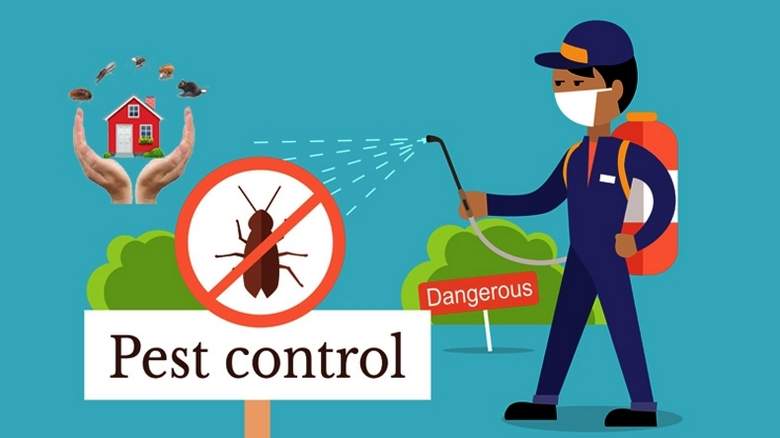As summer winds down and cooler evenings creep in, many homeowners breathe a sigh of relief—until they notice the sudden uptick in buzzing, crawling, and scurrying visitors. Mosquitoes, ants, rodents, and stinging insects are all sensing the seasonal shift, and their instincts are clear: find food, warmth, and shelter before autumn fully arrives. Unfortunately, your home might look like prime real estate to them.
The key to avoiding a full-blown infestation this fall is taking proactive steps now, before these pests set up shop inside.
1. Mosquitoes: Cut Off Their Breeding Grounds
Even though the hottest days are behind us, mosquitoes remain active until temperatures consistently drop below 50°F. Late summer rains, sprinklers, and even morning dew can create perfect breeding spots.
What to do now:
Eliminate standing water in buckets, birdbaths, plant saucers, clogged gutters, and old tires.
Change pet water bowls daily and keep kiddie pools drained when not in use.
Trim overgrown vegetation where mosquitoes rest during the day.
A few minutes of water patrol each week can disrupt their life cycle and dramatically reduce their numbers.
2. Ants: Stop the Scout Lines
By late summer, ant colonies are foraging more aggressively to stockpile resources. This means any crumb, spill, or sticky jar lid becomes a flashing “Open Buffet” sign.
What to do now:
Wipe counters and sweep floors daily.
Store pantry staples like sugar, flour, and cereal in airtight containers.
Seal entry points with silicone caulk, especially around windows, doors, and baseboards.
If you notice trails, follow them to see where they’re entering, then seal that pathway before they spread indoors.
3. Rodents: Block the Door Before They Knock
Mice and rats start looking for warm nesting spots as soon as nights cool down—and they can squeeze through holes the size of a dime (mice) or a quarter (rats).
What to do now:
Inspect the perimeter of your home, including the foundation, roofline, and around utility pipes.
Seal gaps with steel wool backed by caulk or foam insulation.
Keep firewood and yard debris at least 20 feet away from the house.
A single overlooked gap can become a rodent superhighway, so thoroughness pays off.
4. Stinging Insects: Locate and Neutralize Nests
Wasps, yellowjackets, and hornets become more aggressive in late summer as their colonies reach peak size and food sources dwindle.
What to do now:
Check eaves, sheds, and play structures for nests.
If nests are small and accessible, remove them in the evening when activity is lowest (wear protective gear).
For larger nests or difficult-to-reach locations, call a professional.
Never try to swat at these insects during the day—they’re faster than you, and their friends are nearby.
5. Seal the Invitation Shut
The most effective long-term prevention for all late-summer pests is sealing entry points. This includes:
Replacing worn weatherstripping around doors and windows.
Repairing torn screens.
Installing door sweeps.
Using expanding foam or caulk to close gaps around vents and pipes.
The Bottom Line
Pests don’t migrate out of goodwill—they move because your home offers food, water, and warmth. By cutting off these resources now and fortifying your defenses, you can enjoy the crisp days of fall without uninvited guests sharing your space.
Proactive prevention in August and September is far easier—and cheaper—than battling infestations in October.


